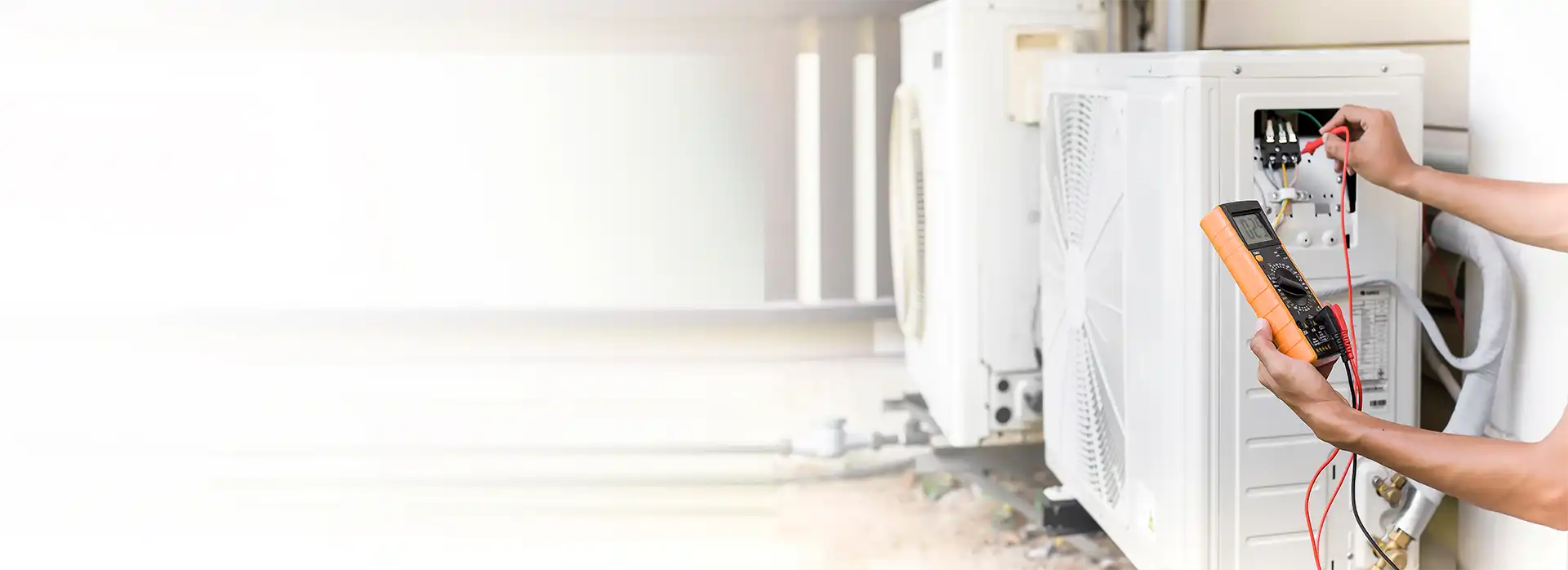Have you ever experienced phantom symptoms of illness while in a particular building? Maybe at work, at home, or at your friend’s house you tend to notice more frequent headaches, nausea, or fatigue. Perhaps it’s not you who is sick; maybe it’s the building. Sick Building Syndrome is a very real thing and refers to situations in which building occupants experience health issues linked to time spent in a building. Most often, sick building syndrome is centered on poor maintenance and unhealthy indoor air quality. Victims of Sick Building Syndrome often complain of their symptoms while within the affected buildings and feel relief upon leaving the unhealthy environment.
Sick buildings can be a big deal for families and business owners. If a home is “sick”, an entire family can develop health issues that may become chronic and dangerous. For business owners, the health of their staff, employees, and clients can be at risk, generating a loss in productivity, an increase in sick days, and higher medical costs overall. The EPA (Environmental Protection Agency) has estimated that sick buildings generate losses of over $61 billion a year!
Causes
So what causes sick building syndrome? Here are a few of the culprits:
Inadequate Ventilation
Proper ventilation in a building is absolutely crucial for the maintenance of indoor air quality and to avoid SBS. The American Society of Heating Refrigeration and Air-Conditioning Engineers (ASHRAE) requires a minimum of 15 cubic feet per minute (cfm) of air circulation per building occupant, and some spaces, such as smoking lounges, may require up to 60 cfm. Often, when ventilation is not up to par, it may be because the buildings HVAC system is not effectively working to distribute clean air effectively. At Air System Services, we specialize in creating ventilation systems that meet and exceed health standards while still minimizing energy consumption.
Chemical Contaminants
Chemical contaminants can cause a building to become “sick” and can affect the health of the occupants. Adhesives, upholstery, pesticides, carpeting, manufactured wood products, and even copiers can emit VOCs, which are volatile organic compounds, and can cause chronic health effects and reactions. Outdoor chemical contaminants can also enter through poorly designed intake vents, windows, and other openings. Some of these outdoor contaminants can be car exhaust, combustion products from garages, or building exhausts from kitchens or bathrooms.
Biological Contaminants
Molds, pollen, viruses, and bacteria are known as biological contaminants and can cause some serious health issues to build occupants. These contaminants may breed in still water that may have collected in ducts, ceiling tiles, humidifiers, carpeting, insulation, or other areas.
Solutions
So, where do you start if your building is sick? Well, we recommend an investigation into what exactly is causing the health issues, where the problem originated and how exactly has it spread. Examining the whole HVAC system, possible contaminant sources, and possible pollutant pathways can help determine the cause and the most appropriate actions to correct the problem. Once the issue is identified, the resolution should follow. Here are some common steps to solving SBS.
Pollutant removal
It's vital to remove whatever is causing the issue in the first place. This may mean replacing moldy insulation, and water-stained ceiling tiles, updating the HVAC system, replacing filters, and more.
Increase Ventilation
Increasing air flow and air distribution can be a cost-effective way to maintain good indoor air quality and rid a building of air pollutants that may cause sick building syndrome.
Air Cleaning
Filtering air is an important way to keep healthy and to reduce the contaminants that occupants breathe in. Basic filters are ok, as far as particle control, but we really recommend a high-performance air filter to catch the small particles and a UV light air filter that combats microbes and airborne bacterial and fungal particles.
Education
This is a no-brainer. Education and communication about sick building syndrome and indoor air quality are vital to maintaining a healthy environment. Be sure building occupants, management, and maintenance techs are all on the same page with air quality so problems can be resolved and quality can be easily maintained.
If you are concerned about your building’s indoor air quality, call these air service specialists at Air System Services. Our highly trained staff concentrates on developing, installing, and maintaining HVAC systems for residences and light commercial properties. For a building inspection and a free consultation, call us today at 919-266-5755.

